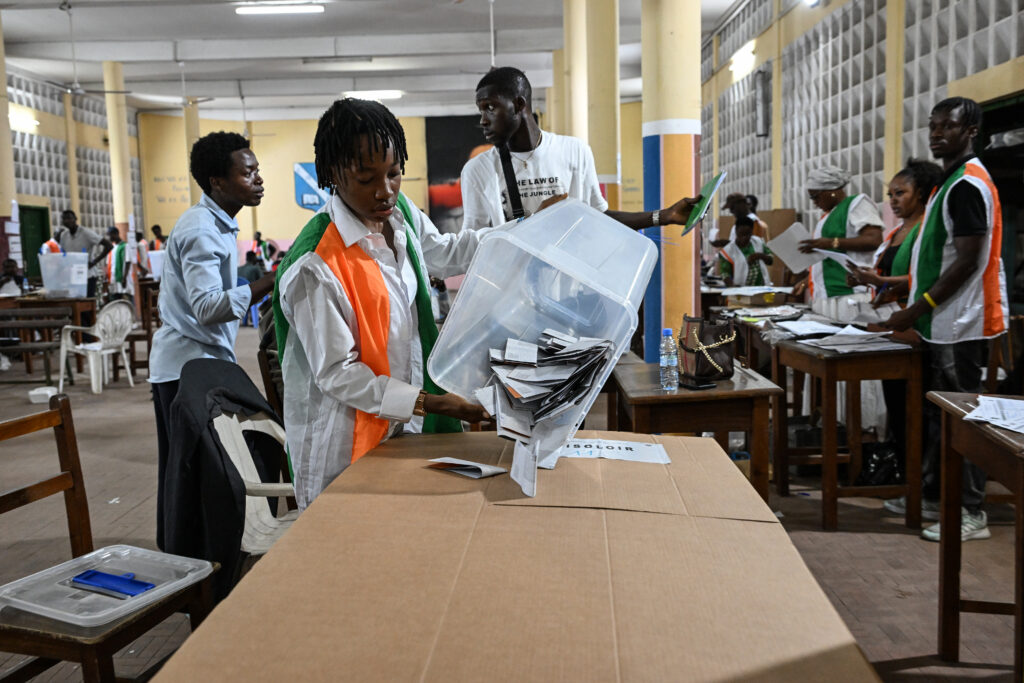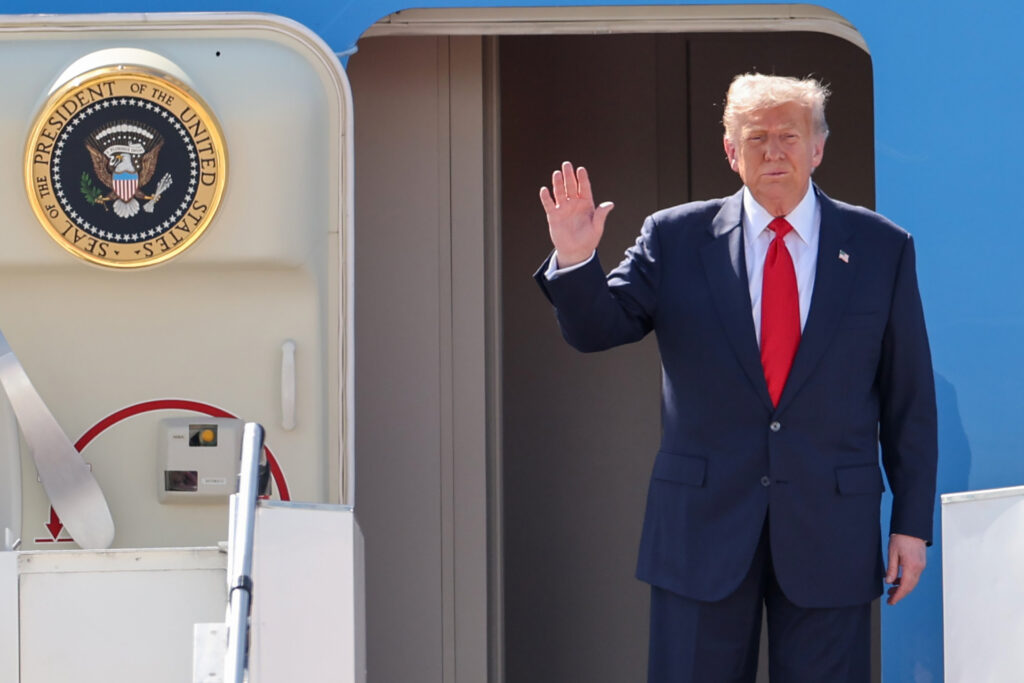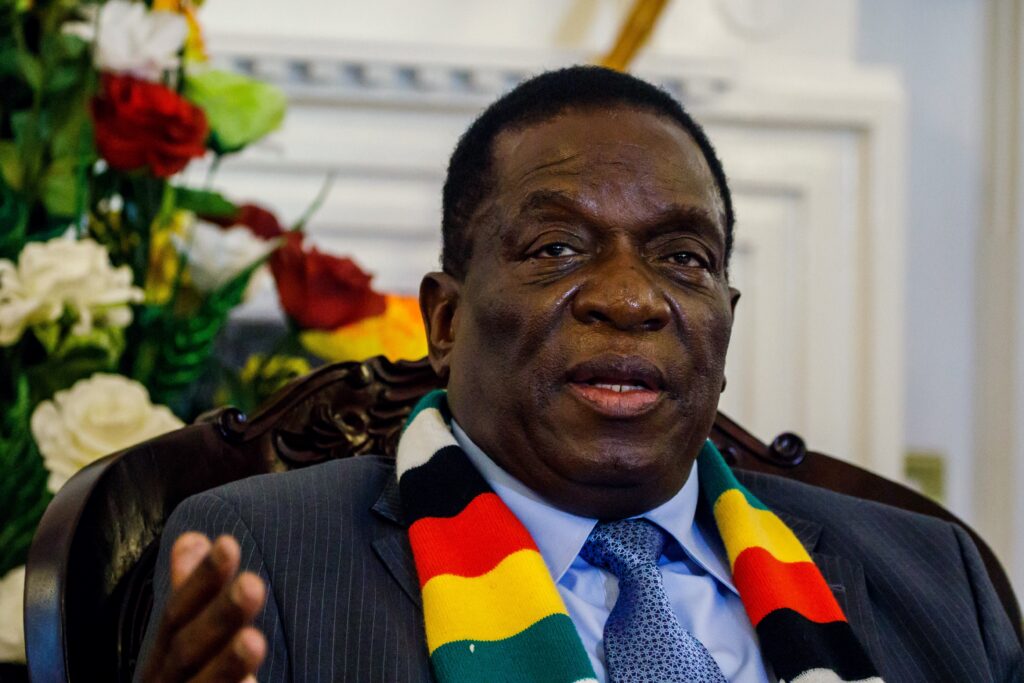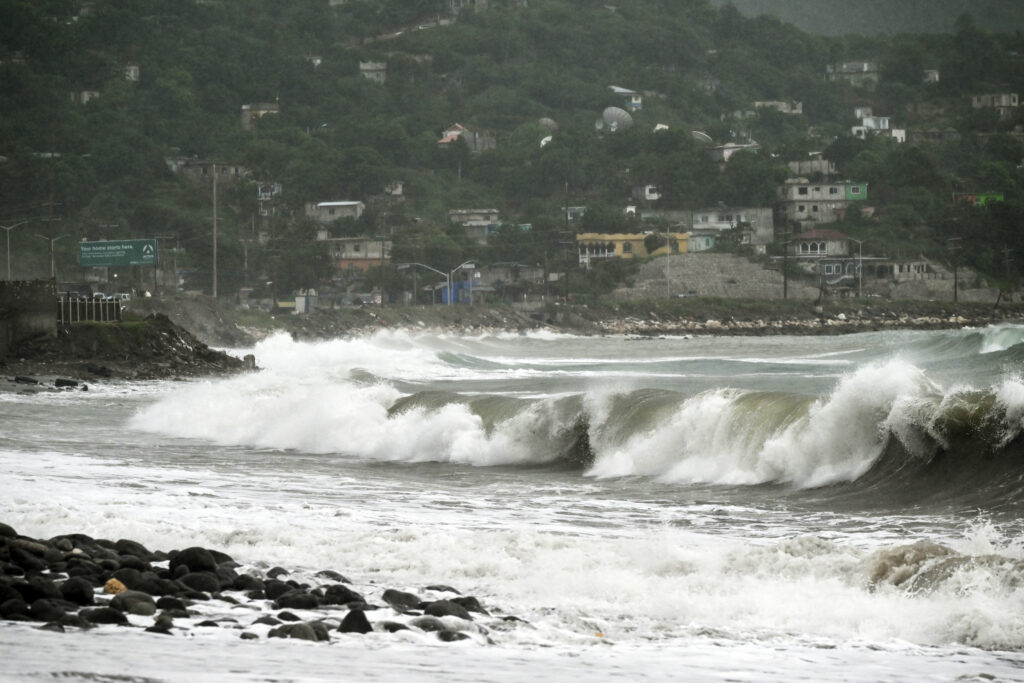La Côte d’Ivoire attend les résultats de la présidentielle, Ouattara vers un 4e mandat
Les Ivoiriens attendaient dimanche la compilation des résultats de la présidentielle tenue la veille dans le calme mais sans grand engouement des électeurs ni de réel suspens, Alassane Ouattara, au pouvoir depuis 2011 étant l’ultra-favori.Ils étaient près de 9 millions à être appelés à voter samedi, dans ce pays premier producteur mondial de cacao et redevenu un pôle de stabilité au sein d’une Afrique de l’ouest secouée par les putschs et les attaques jihadistes.La commission électorale doit publier les résultats département par département à partir de dimanche. Les résultats compilés devraient être connus d’ici lundi. Si le chiffre officiel de la participation n’est pas encore connu, le président de la Commission électorale indépendante (CEI), Ibrahime Kuibiert Coulibaly a estimé samedi soir qu’elle devrait “avoisiner les 50%”.Dans l’ouest et le sud, régions où l’opposition est historiquement forte, beaucoup de bureaux sont restés quasiment déserts, y compris dans la capitale économique Abidjan, principal foyer d’électeurs du pays.En revanche dans la partie nord, traditionnellement favorable au président Ouattara, les électeurs se sont mobilisés, notamment à Bouaké (centre) la deuxième ville du pays.”On observe une fracture très claire entre le nord et le sud. Le taux de participation est plus faible qu’annoncé. On peut émettre des doutes sur la légitimité d’un président élu dans ces conditions”, a déclaré à l’AFP Simon Doho, chef de file des députés du PDCI, principal parti d’opposition.Son leader, Tidjane Thiam n’était pas sur les bulletins de vote samedi, tout comme l’ancien président Laurent Gbagbo, tous deux ayant été écartés du scrutin et radiés des listes électorales, le premier pour des problèmes de nationalité, le second pour une condamnation pénale.- Deux morts samedi -Une grande partie de la population ivoirienne était donc sans candidat samedi, un scénario qui ouvre grand la porte à une réélection d’Alassane Ouattara sur un score écrasant.De quoi rappeler la dernière élection, en 2020, où il avait obtenu 94% des voix avec une participation légèrement au-dessus de 50%, dans un scrutin alors boycotté par les principaux opposants.Ce samedi, quatre adversaires lui faisaient face, mais aucun ne semble avoir de chance d’arriver à un second tour, faute de soutien d’un grand parti ou de moyens financiers importants. Si le scrutin s’est déroulé globalement dans le calme, des incidents ont été signalés dans 2% des lieux de vote, soit environ 200 endroits, selon un bilan des forces de l’ordre transmis à l’AFP.Des heurts ont éclaté dans plusieurs localités du sud et de l’ouest, mais ces incidents n’ont eu “aucune incidence majeure sur le déroulement du scrutin”, selon le ministre de l’Intérieur Vagondo Diomandé.Selon une source sécuritaire contactée par l’AFP, une personne de nationalité burkinabè est morte dans la région de Gadouan (centre-ouest) dans des affrontements intercommunautaires, samedi après-midi.22 autres ont été blessées, par balle ou arme blanche, l’un d’eux, avec le “pronostic vital engagé” a-t-on appris de même source et les forces de sécurité ont été déployées pour ramener le calme. Un adolescent de 13 ans a été tué “par un tir” provenant d’un véhicule de transport en commun à Gregbeu (centre-ouest), selon cette source.Au total, six personnes sont mortes depuis mi-octobre en marge du processus électoral, dont deux le jour du scrutin. La Côte d’Ivoire est un pays où cohabitent une soixantaine d’ethnies de diverses langues et religions et une large population étrangère principalement venue des pays sahéliens voisins. L’élection présidentielle est toujours synonyme de tensions politiques et intercommunautaires dans l’esprit de nombreux Ivoiriens, après les scrutins de 2010 (3.000 morts) et 2020 (85 morts).Près de 44.000 forces de l’ordre étaient déployées sur tout le territoire et le pouvoir avait interdit les manifestations des opposants inéligibles en octobre, procédant à des centaines d’arrestations pour troubles à l’ordre public notamment. Samedi soir, après le vote, Alassane Ouattara a fait une apparition au siège de son parti, sourire aux lèvres, applaudi par quelques dizaines de militants, a constaté l’AFP.






